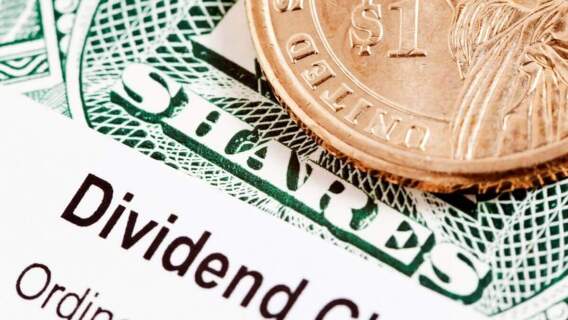In recent years, high-paying dividend stocks have become incredibly popular with retired investors—and young baby boomers too. Adding a few of the market’s highest-paying dividend stocks to your portfolio can be a huge help in generating regular income in today’s uncertain environment. But many investors don’t realize how much risk is inherent in most of the highest-paying dividend stocks.
The highest dividend stocks in the market are usually yielding so much because they’re very high risk. Similarly to bonds, a stock perceived as risky and perhaps likely to cut a dividend commands a higher dividend yield than a stable stock with strong cash flow.
But do high yields always mean higher risk?
[text_ad]
High-Dividend Blue-Chip Stocks
Many investors who want yield without (too much) risk have successfully found it using high-dividend blue-chip stocks like telecoms AT&T (T) and Verizon (VZ). Utilities are some of the highest-paying dividend stocks, but most are very low risk, such as Southern Company (SO), the electric utility for much of the Southeastern U.S.
Some non-cyclical consumer stocks also offer consistency and high dividends. Philip Morris International’s (PM) high quarterly dividend, for example. And the stock almost never pulls back more than 15%, even during the market’s worst corrections. It’s currently down only 4% YTD despite weakness in defensive names so far this year.
The Highest-Paying Dividend Stocks: REITs and MLPs
Other investors in search of yield turn to some of the highest-paying dividend stocks in the market: Real Estate Investment Trusts (REITs) and master limited partnerships (MLPs). These special types of income investments are designed to consistently pay higher-than-average dividends. So while a 7% yield from an “ordinary” stock is usually a red flag, yields that high can be perfectly normal and sustainable for one of these high-yield vehicles.
For example, Starwood Property Trust, Inc. (STWD) is a REIT that finances residential and commercial real estate (and currently yields 9.2%). The stock is less volatile than many REITs, but these REITs can be sensitive to interest rate expectations, which bears watching given the Fed’s current posturing.
I still advise avoiding the very highest-yielding dividend stocks from these income-oriented categories, since outliers are more often than not outlying for a reason. In addition, some investors find the tax complications of owning REITs and MLPs more trouble than they’re worth.
Hidden Gems
Lastly, there’s one group of the highest-paying dividend stocks that income investors often overlook: turnaround stocks. Turnaround situations can be a great way to find relatively low-risk, high-paying dividend stocks—and they’re usually a great value to boot.
How do you find the highest-paying dividend stocks?
[author_ad]
This article was originally published on November 3, 2016 and is periodically updated.


